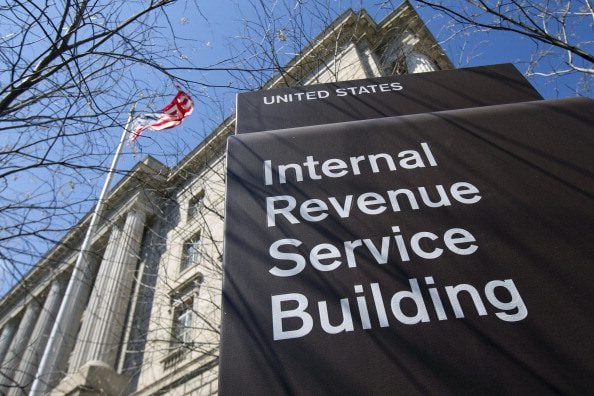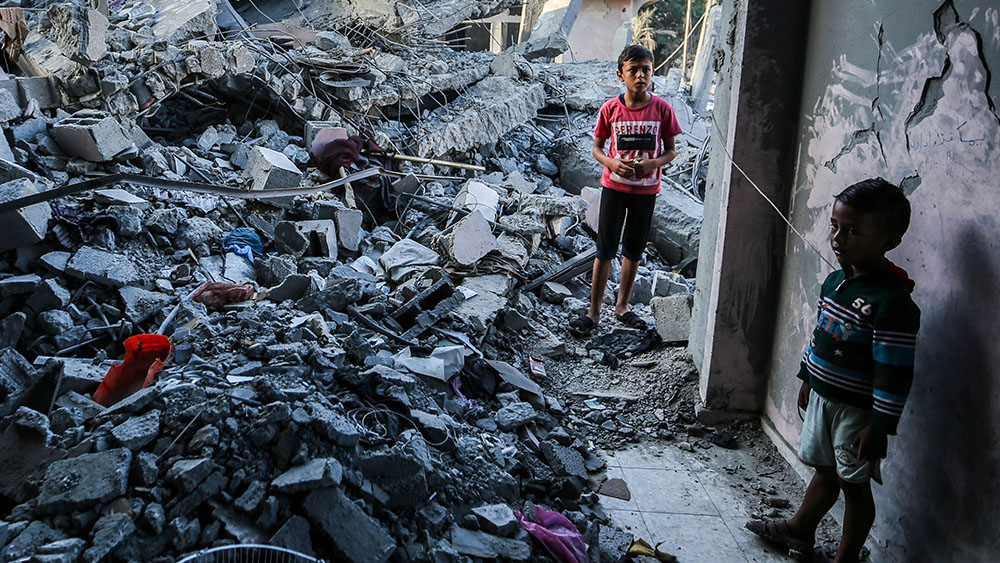It is being projected that there could be an “eight billion meal shortage” at America’s food banks over the next 12 months
by Michael Snyder, End Of The American Dream:

In 2020, we are witnessing an explosion of hunger in the United States that is unlike anything that we have seen since the Great Depression of the 1930s. Tens of millions of Americans have lost their jobs since the start of this pandemic, and money is running low for a whole lot of people. In fact, I just wrote an article about a survey that found that one out of every five Americans will be out of cash by Election Day. More Americans are slipping into poverty with each passing month, and this has created an unprecedented surge of demand at food banks across the nation. Meanwhile, our growing economic problems are also causing donations to dry up, and so many food banks are facing a major crunch as we head into 2021. In fact, Feeding America is warning that their network of food banks is potentially facing an “eight billion meal shortage” over the next 12 months…
Feeding America, the nation’s largest food-relief organization, is warning of a six billion to eight billion meal shortage over the next 12 months, which could leave millions of Americans hungry amid the pandemic.
The dire shortage comes as tens of millions of Americans have turned to local food banks for help amid the pandemic-triggered surge in unemployment and food insecurity.
To me, that is a number that is almost unimaginable.
How in the world are we going to make up an 8,000,000,000 meal shortfall?
And of course that number assumes that things won’t get dramatically worse in our society next year. If they do, the true number could end up being far greater.
This should greatly alarm all of us, because food banks are the last resort for millions upon millions of desperate Americans.
One of those desperate Americans is a 32-year-old mother in North Carolina named Christian Sullins…
“Quite literally, we had nothing, nothing in our account. Five mouths to feed and no income. It was just a really bad time,” Sullins says, adding that it was her, her husband, their two children and her elderly grandmother all living together at the time.
Sullins turned to Loaves & Fishes, a local food pantry network, which is currently operating temporary mobile pantries in the Charlotte, North Carolina area. “At that point, my kids were hungry, and I was just like, Listen, I just had a baby. I’ve been out of work for three weeks. I have no income. My kids are starving — I need food. I have to do something,” she recalls telling an employee with NC Works, North Carolina’s central system providing employment help and career tools.
Can you imagine being in a position where your kids literally have no food?
We should be thankful that our national network of food banks has been able to help so many people throughout this year, but moving forward the system just isn’t going to be able to handle the crushing demand that is expected.
In 2019, approximately 35 million Americans were dealing with food insecurity, but thanks to this pandemic Feeding America expects that number to rise to 54 million…
Earlier this year the organization estimated as many as 54 million people in the US could experience food insecurity due to the COVID-19 pandemic.
That’s a major jump from the 35.2 million people who faced hunger last year.
Isn’t that crazy?
We are the wealthiest nation on the entire planet, and yet more than 50 million Americans could soon not have enough to eat on a consistent basis.
During this year I have written numerous articles about the massive lines that we regularly see at food banks all over the country. In some cases, the lines of vehicles have been measured in miles. Never before have we seen so much demand, and food bank workers are absolutely astounded by what they have been witnessing. Here is just one example…
Greater Boston Food Bank president Catherine D’Amato says things are getting dire.
‘It used to be one million pounds out the door a week, now it’s two to 2.5 million pounds a week. We’re doing more in a month that we did in a year 20 years ago. Food insecurity has gone from one in 13 people to one in eight in Eastern Massachusetts, even higher for families with children,’ D’Amato said to the Washington Post.
Prior to 2020, food banks could meet most of the demand from donations that they received. But now supermarkets and retailers are having their own problems and have dramatically cut back on donations.
Read More @ EndOfTheAmericanDream.com



